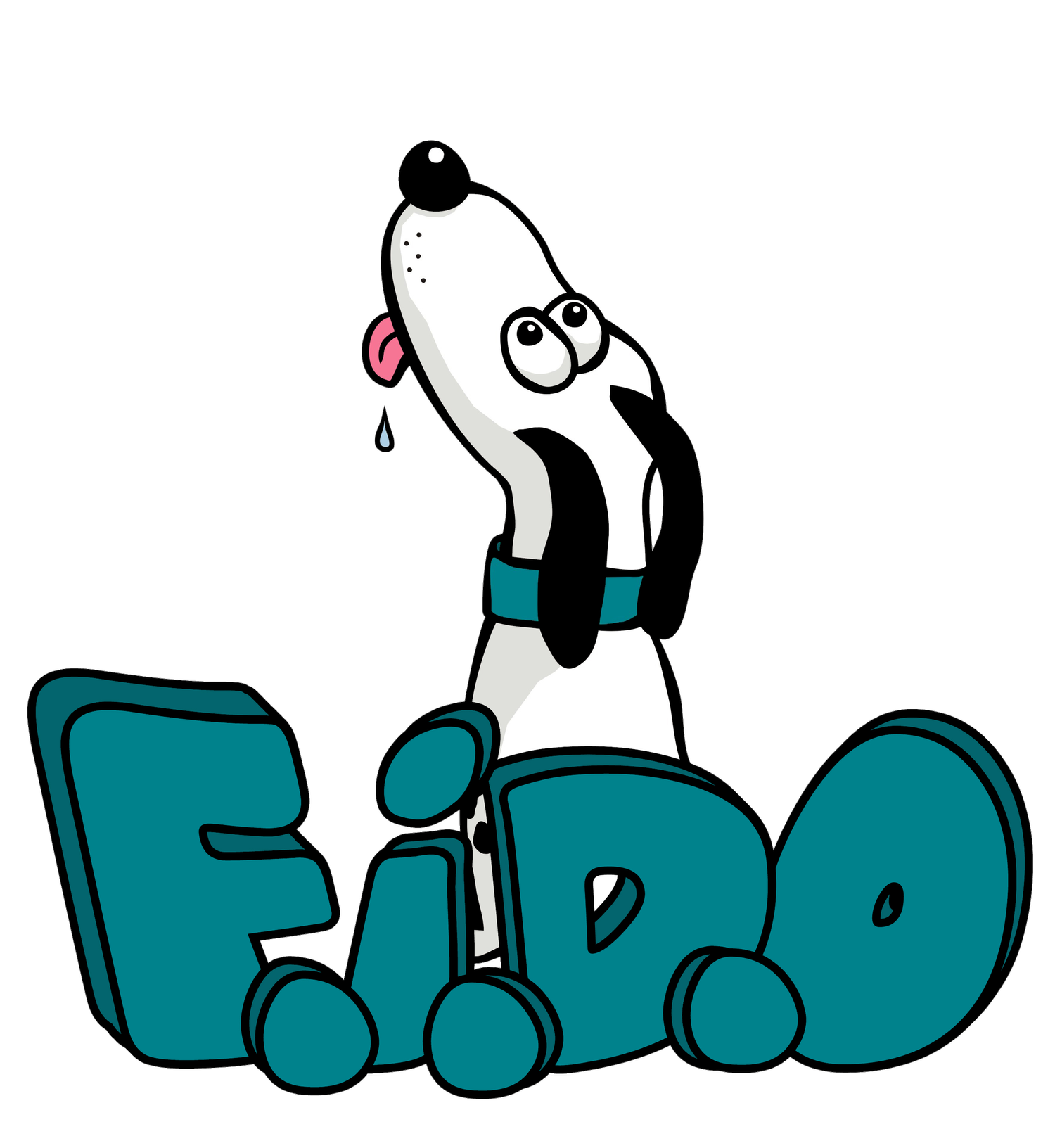What Is My Dog’s Tail Trying to Tell Me?
Since dogs don’t have vocal chords as we have, they rely on a wide range of body language—including their very expressive tails—to let us know when they’re happy, worried, or somewhere in between.
Dogs come in all shapes and sizes. There are huge differences in the way they look, and their body shapes and sizes vary more than in any other species of animal.
To start, get to know your dog’s resting tail position. Most pups let their tails hang down in a relaxed, casual way. But thanks to centuries of breeding, some breeds sport curly tails that perch over their backs (think pugs and Spitz dogs), while others, like greyhounds and whippets, naturally carry theirs tucked down a little closer to their legs. There are bull dogs and bobtails with very little or no tail to speak of at all. Make sure you are familiar with your own dog’s tail so you can easily spot a change when it happens.
Contrary to popular belief, a wagging tail doesn’t always mean “I am happy!” Dogs wag for all sorts of reasons:
Just content? Their tail will swing gently side to side.
Really excited? The tail may go into overdrive—fast wags, rapid circles.
Feeling shy or nervous? You’ll see the tail drop lower or even tuck between their legs, sometimes accompanied by quick little wags.
Full-on fear mode? The tail will press tight against the belly, and they might roll over to show their belly in a “I am not a threat to you, please don’t hurt me” gesture.
On the other hand, if your dog spots something interesting—or even threatening— their tail may shoot up higher than usual and freeze in place. They might give it a brief sideways flag-wave, but don’t mistake that for friendliness. If the rest of their body looks tense, they’re possibly on the alert and ready for flight or fight.
Always link what you see back to your dog’s relaxed tail posture. A curly-tailed dog who suddenly straightens their tail or slides it between their legs? This is a clear indication of stress or fear.
Check out my upcoming blogs describing mouth and ear body language and what your dog’s body movements tell you and you’ll become a body-language expert in no time—ready to give your best friend exactly what they need, whenever they need it.


